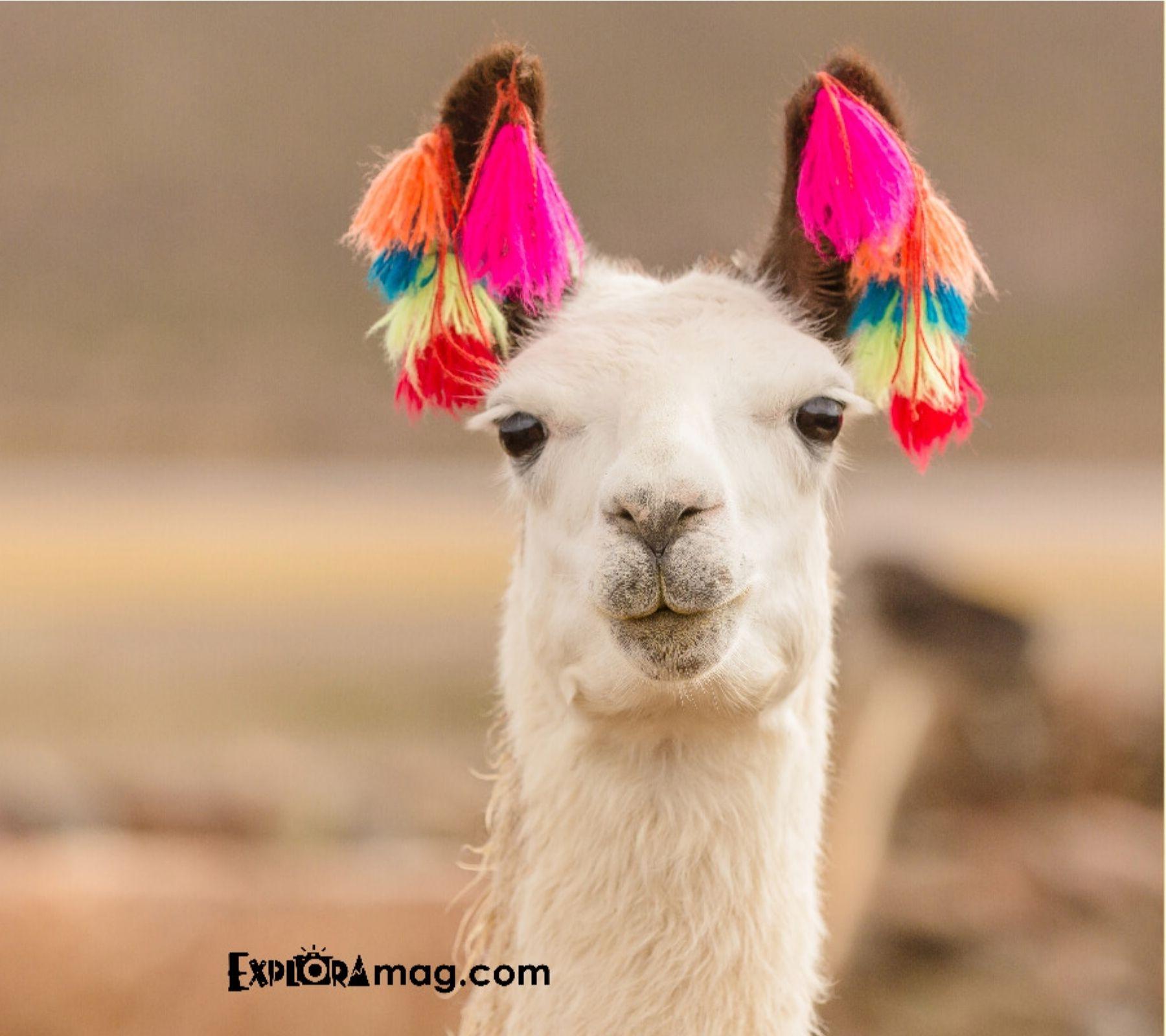Peruvian llamas are domesticated camelids, relatives of the humpless camel, that are central to Andean culture, being used as beasts of burden, a source of wool and meat, and even for religious purposes.
But what other interesting facts about llamas in Peru didn't you know? We have some fascinating, quick facts for you.
7 Interesting Facts About the Peruvian Llama
1. Llamas may be the key to fighting the flu.
Yes, you heard right. According to recent articles, scientists have been able to use llama antibodies to fight a much wider variety of flu strains, and even potential pandemics, than human antibodies.
2. Llamas were the most important domestic animal of the Inca Empire.
Peruvian llamas were used as pack animals to transport goods throughout the vast empire, and their dung was commonly used as fertilizer. The British Museum houses a small gold model of a llama believed to have been buried as a sacrifice to the Inca mountain god.
3. What's the difference between llamas and alpacas?
It's easy to confuse llamas and alpacas (and their cousins, the vicuñas), but there are some key differences. You can distinguish an alpaca from a llama by its pointier ears, furrier face, and smaller size. Bonus fact: Alpacas, llamas, and vicuñas are all relatives of camels.
4. Llamas spit at other animals when they feel threatened or angry.
Watch out for this if you ever come across a llama! Llamas are known to spit to show their displeasure or irritation, and if you mistreat or upset one, you could get splattered. Don't believe us?
5. Llamas were considered very exotic when Europeans first discovered them.
After his first encounter with the Inca Empire, Francisco Pizarro sailed back to Spain to show King Charles V what he had found. Pizarro showed him the beautiful and intricate Inca goldsmithing, but it's said that what truly captivated the king were the llamas Pizarro had brought back from the New World. Where do llamas live now? Everywhere: Europe, the United States, Canada, Asia.
6. Llamas can run at speeds of up to 35 miles per hour.
We tend to think of llamas as very placid animals that sit and chew their cud, but they are quite athletic. If a llama wants to get somewhere in a hurry, it can certainly do so, reaching top speeds of up to 56 kilometers per hour!
7. Llamas aren't camera-shy!
At least, anecdotal evidence seems to indicate so. There are many llamas grazing in the pristine grounds of Machu Picchu, and they always seem to cooperate with tourists to get a nice photo.






